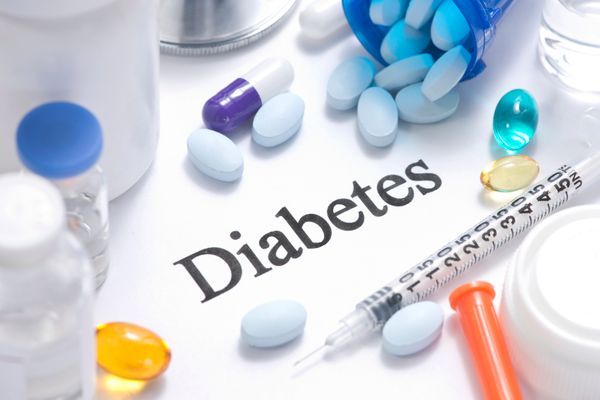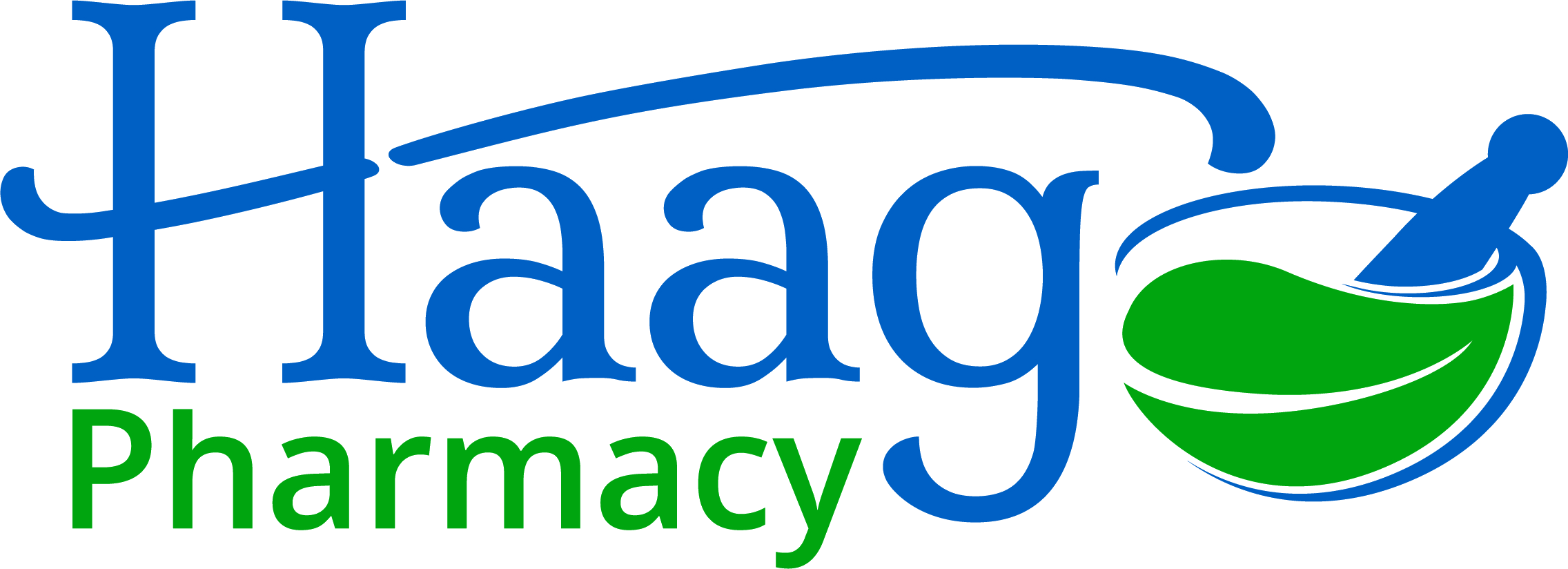Prevent T2 Program

PREVENT TYPE 2 DIABETES WITH THE PreventT2 PROGRAM
What Is Type 2 Diabetes?
Type 2 diabetes is the most common form of diabetes. Most of the food we eat is turned into glucose, or sugar, for our bodies to use for energy. The pancreas, an organ that lies near the stomach, makes a hormone called insulin to help glucose get into the cells of our bodies. When you have type 2 diabetes, your body can’t use its own insulin as well as it should. This causes sugar to build up in your blood.
Type 2 diabetes is a serious condition. It can lead to health issues such as heart attack; stroke; blindness; kidney failure; or loss of toes, feet, or legs.
What Is Prediabetes?
Prediabetes is a blood glucose (sugar) level that is higher than normal but not high enough to be diagnosed as diabetes. One in three American adults has prediabetes, and most do not even know they have it. If you have prediabetes and do not lose weight or do moderate physical activity, you can develop type 2 diabetes within 5 years.
Am I at Risk for Prediabetes and Type 2 Diabetes?
You are at increased risk for developing prediabetes and type 2 diabetes if you:
- Are 45 years of age or older;
- Are overweight;
- Have a family history of type 2 diabetes;
- Are physically active fewer than three times per week; or
- Ever had diabetes while pregnant (gestational diabetes) or gave birth to a baby that weighed more than 9 pounds.
If you think you may be at risk, a health care provider can do a blood test to see if you have diabetes or prediabetes.
Can I Prevent Type 2 Diabetes?
Yes! Hearing your doctor say, “You’re at risk for type 2 diabetes,” or “You have prediabetes,” means that you can start preventing type 2 diabetes today. And you do not have to do it alone. Finding the PreventT2 program was your first step on that journey. If you have prediabetes, now is the time for prevention. Haag Pharmacy's PreventT2 lifestyle change program can help you take charge of your health to prevent or delay type 2 diabetes.
What is the PreventT2 Lifestyle Change Program?
PreventT2 is part of the National Diabetes Prevention Program, led by the Centers for Disease Control and Prevention (CDC). It is proven to help people with prediabetes prevent or delay development of type 2 diabetes.
What Is the Benefit of Being Part of a PreventT2 Program?
As part of a PreventT2 group, you will work with other participants and a trained lifestyle coach to learn the skills you need to make lasting changes. These changes include losing a modest amount of weight, being more physically active, and managing stress.
Being part of a group provides support from other people who are facing similar challenges and trying to make the same changes you are. Together you can celebrate successes and find ways to overcome obstacles.

What Is the Format of the PreventT2 Program?
PreventT2 groups meet for a year — weekly for the first 6 months, then once or twice a month for the second 6 months to maintain healthy lifestyle changes. During each session, your lifestyle coach will teach a lesson and lead a group discussion.
For example, you will learn to:
- Eat healthy
- Add physical activity to your life
- Manage stress
- Stay on track when eating out
- Understand and respond to your food cues
- Stay motivated
- Solve problems that can get in the way of healthy changes
Does PreventT2 Work?
The PreventT2 program can help people with prediabetes cut their risk of developing type 2 diabetes in half. The Diabetes Prevention Program research study showed that making modest behavior changes helped participants lose 5 to 7 percent of their body weight — that is 10 to 14 pounds for a person weighing 200 pounds. These lifestyle changes reduced the risk of developing type 2 diabetes by 58 percent in people with prediabetes.
Am I at Risk for Prediabetes and Type 2 Diabetes?
You are at increased risk for developing prediabetes and type 2 diabetes if you:
- Are 45 years of age or older;
- Are overweight;
- Have a family history of type 2 diabetes;
- Are physically active fewer than three times per week; or
- Ever had diabetes while pregnant (gestational diabetes) or gave birth to a baby that weighed more than 9 pounds.
If you think you may be at risk, a health care provider can do a blood test to see if you have diabetes or prediabetes.
